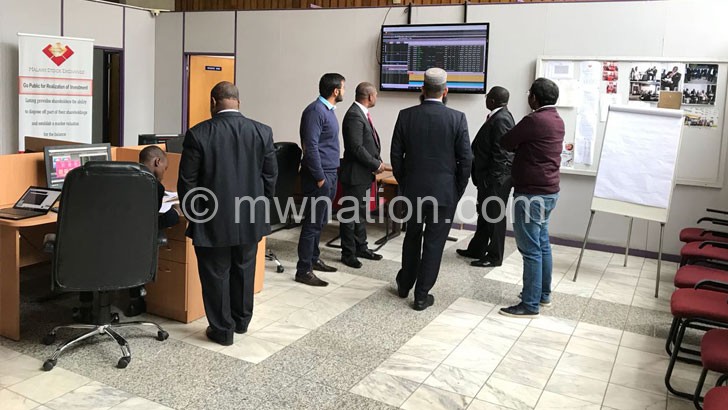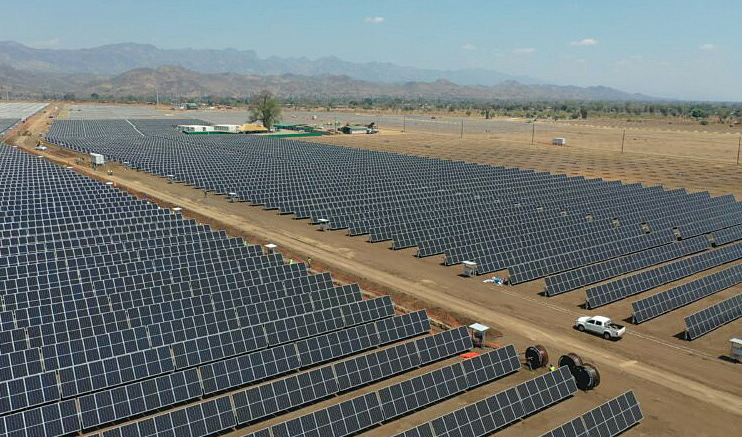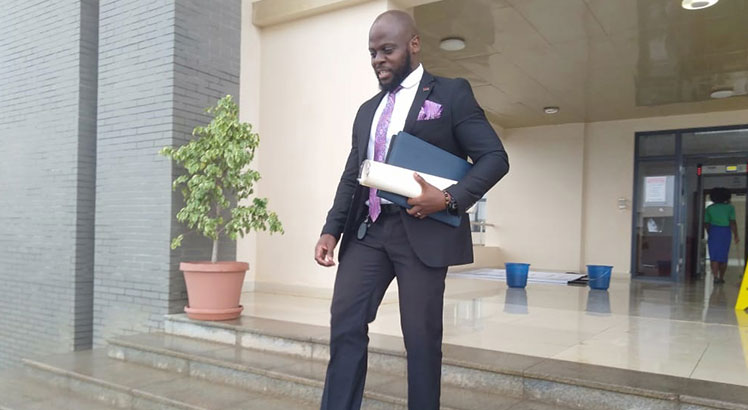World Bank slashes Malawi’s growth rate
The World Bank has cut Malawi’s economic growth rate for 2024 by 0.6 percentage points to 2.8 percent in a move economists say raises concerns about the country achieving its development aspirations.
In its January 2024 Global Prospects Report, the Bretton Woods institution says elevated costs of living, high debt burden and interest rates as well as heightened financing needs and increased frequency and intensity of adverse weather will hinder growth during the year.

The bank warns that slow growth would worsen poverty and limit the ability of the country to cope with climate change.
Reads the report in part: “Key out of this is for government to accelerate investment and strengthen fiscal policy frameworks.”
However, National Planning Commission spokesperson Thom Khanje, whose organisation is the implementing agency for the country’s long-term development strategy Malawi 2063 (MW2063), said in an interview yesterday that at 2.8 percent, the downward revision is an improvement from the previous year’s 1.5 percent growth rate.
He said the projected growth rate is lower than the six percent required for the attainment of the MW2063 First 10-Year Implementation Plan (MIP-1) and the overall growth strategy.
Said Khanje: “This shows that we are recovering and that with accelerated effort and implementation of key interventions for the attainment of a middle-income status by 2030, we can get back on track and attain the growth rates required for the attainment of the MIP-1 targets.”
At 2.8 percent, the estimate is below the projection made by Ministry of Finance and Economic Affairs at 3.2 percent and the International Monetary Fund at 3.3 percent.
MW2063 projects that if the economy grows at an annual minimum of six percent, Malawi could attain the low-middle-income status by 2030 with a per capita income of between $1 006 (K1.71 million) and $3 955 (about K6.72 million).
However, in recent years, Malawi’s economy has grown by an average of two percent due to internal and external shocks.
Ministry of Finance and Economic Affairs data shows that in the 2020/21 financial year, the economy registered a growth of 0.9 percent against a projection of 1.9 percent.
In the 2021/22 fiscal year, the economy grew by three percent against a projection of 3.8 percent and in the 2022/23 fiscal year, the economy grew by 0.9 percent against a projected growth of 4.1 percent while in the 2023/24 financial year, the economy was projected to grow by 2.5 percent only for itto grow by 1.5 percent.
In an interview yesterday, Scotland-based economist Velli Nyirongo said with slower growth, achieving middle-income status by 2063 could be more challenging.
He said: “Poverty reduction efforts are hindered, leaving millions at risk of remaining trapped in poverty.
“This also stalls human development investments as education, healthcare and other vital areas suffer.”
Nyirongo said there is need to boost investment and bridge the financing gap, strengthen fiscal policy as prudent debt management and spending control are crucial for sustainable growth; build climate resilience and expand social safety nets to protect vulnerable populations during economic downturns.
In a separately interview, economist Bond Mtembezeka said a subdued growth has huge implications on revenue collection.
Over the years, government economic growth projections have not materialised and in most cases, they are revised downwards.






One Comment